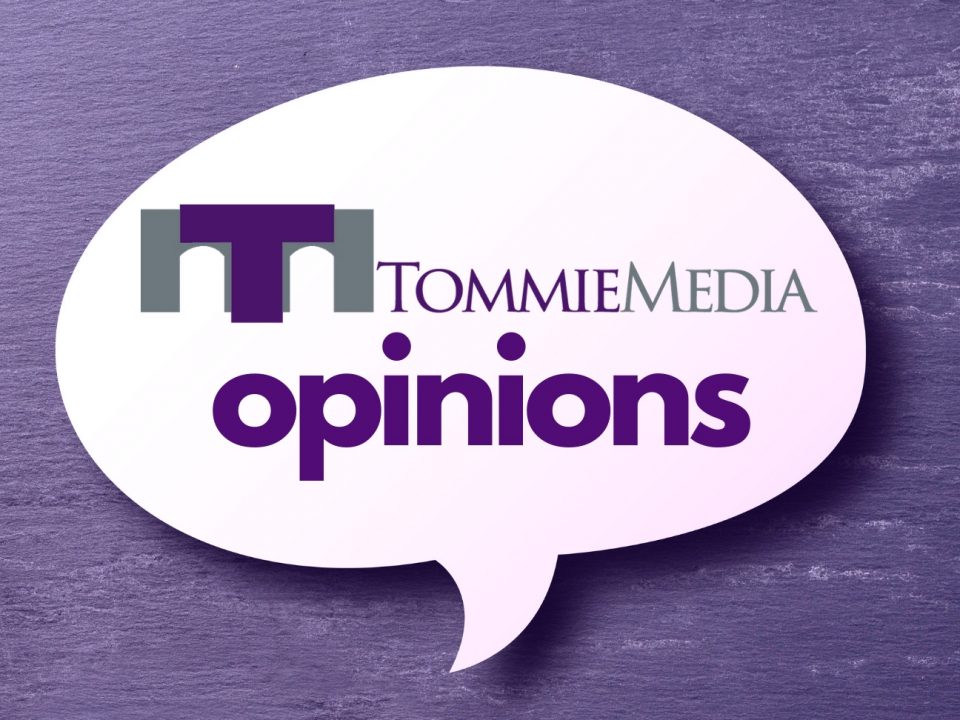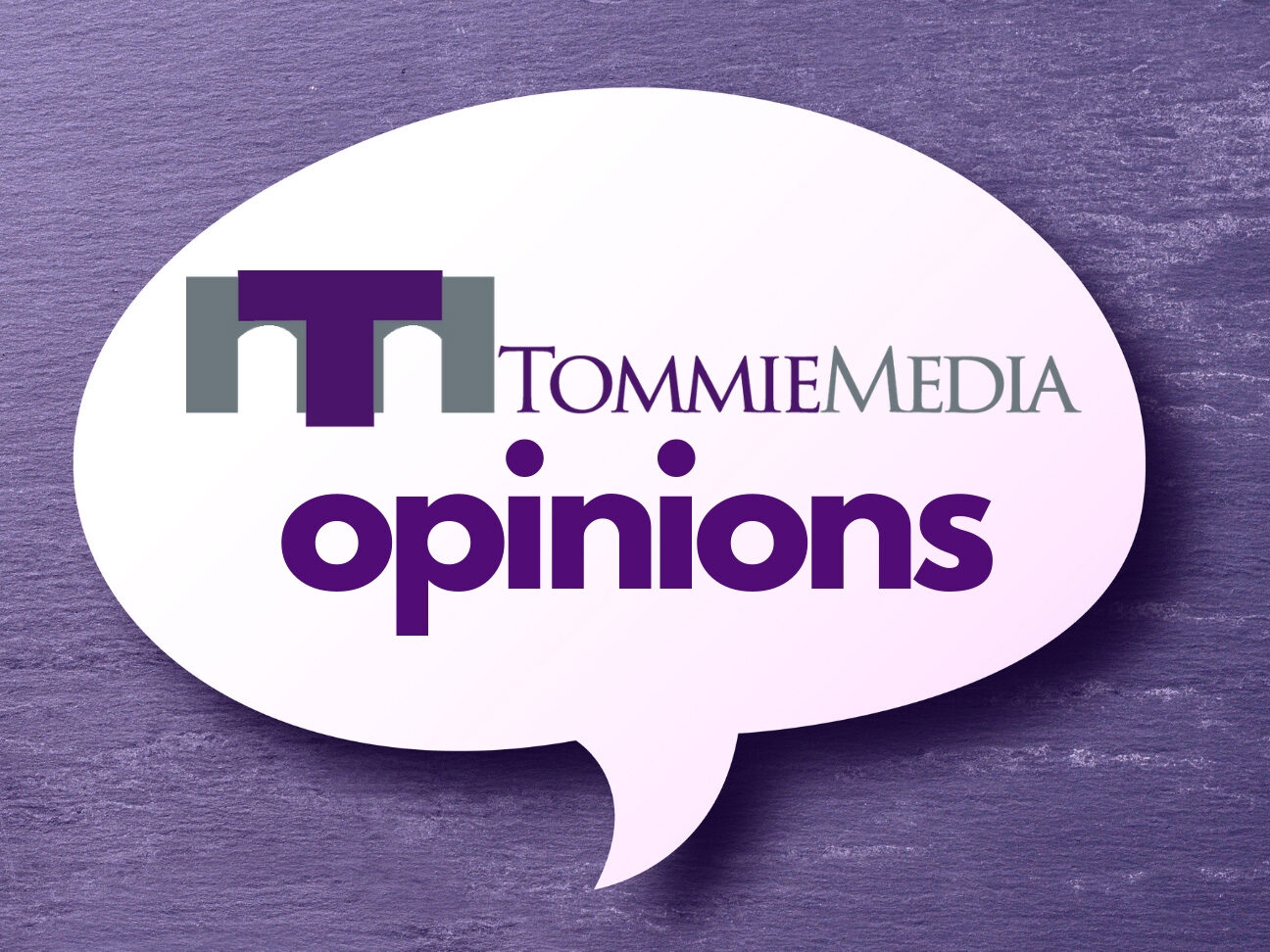
Believe it or not, controversy exists even in the architectural world.
A potential executive order by President Donald Trump would require all new or upgraded federal buildings to be constructed in “the classical architectural style.” The draft order, “Making Federal Buildings Beautiful Again,” seeks to honor the classical models emulating Greek and Roman style that were embraced by America’s founding fathers.
Interestingly, this draft order goes against the long-standing “Guiding Principles for Federal Architecture” written in 1962.
Daniel Patrick Moynihan wrote the principles, and in the 50 plus years since their creation, they have influenced the federal buildings created by the Public Buildings Service.
The principles say, “The design of Federal office buildings, particularly those to be located in the nation’s capital, must meet a two-fold requirement. First, it must provide efficient and economical facilities for the use of Government agencies. Second, it must provide visual testimony to the dignity, enterprise, vigor, and stability of the American Government.”
However, Moynihan also included that “the development of an official style must be avoided.”
On the surface, a draft order relating to architecture doesn’t seem like a big deal. It’s just style. Excluding architects and architectural admirers, most people don’t really pay attention to the buildings they live and work in. However, there may be more to this potential order than meets the eye.
After all, what would be the point of drafting it if it didn’t mean anything?
Embracing classical architecture inherently reinforces traditional values. In many ways, the Western world is built on Greco-Roman influence. Academics, government, culture—these civilizations permeate our tradition.
Many of the federal buildings in Washington D.C. were constructed in the neoclassical style, which is a revival of classic architectural qualities. Again, it is a return to tradition, to the Greco-Roman roots that have heavily shaped the U.S.
Amanda Kolson Hurley of The Atlantic writes, “A classicism mandate would signal to architects that innovation and progress are subversive, and to the public that a retread of the past is safer than the wide-open future.”
While creating classical buildings still takes effort, it greatly reduces the artistic aspects of architecture. Asking architects to create a federal structure that also adds to America’s identity and culture is a challenge, but ultimately, it moves the United States forward. It is not reverting to a style come and gone.
In an article for The Washington Post, dean of the School of Architecture at the University of Notre Dame Michael Lykoudis says, “Arbitrarily pasting columns and arches on a building so it looks like a Parthenon-Colosseum hybrid is pretentious—and doesn’t make the building classical.”
The “look” of a building is not its only function. Lykoudis says, “Designing classical buildings for the modern age is a complex process, requiring knowledge of construction, world architectural history and urbanism, as well as aesthetic judgement.”
I like that design, whether for federal buildings or for some random institution, reflects the period it’s constructed in. The architecture provides context to the building’s history and that of those occupying it. Granted, it may be another bout of neoclassical influence, a modernist revival or a new sci-fi LED-obsessed steel concoction that only draws attention. Whatever the style may be, it’s contextual.
The United States has changed greatly since the Founding Fathers and so have architectural trends. When our federal buildings reflect the current time, we unite America’s history and showcase culture and federal work.
If everything starts looking the same, the government begins imposing on culture, rather than being shaped by it. A democratic government should model the people it represents—culture included. Therefore, federal buildings should reflect the current time and culture, whether that is some renewed classical style or something we’ve never seen before.
Maddie Peters can be reached at pete9542@stthomas.edu.

